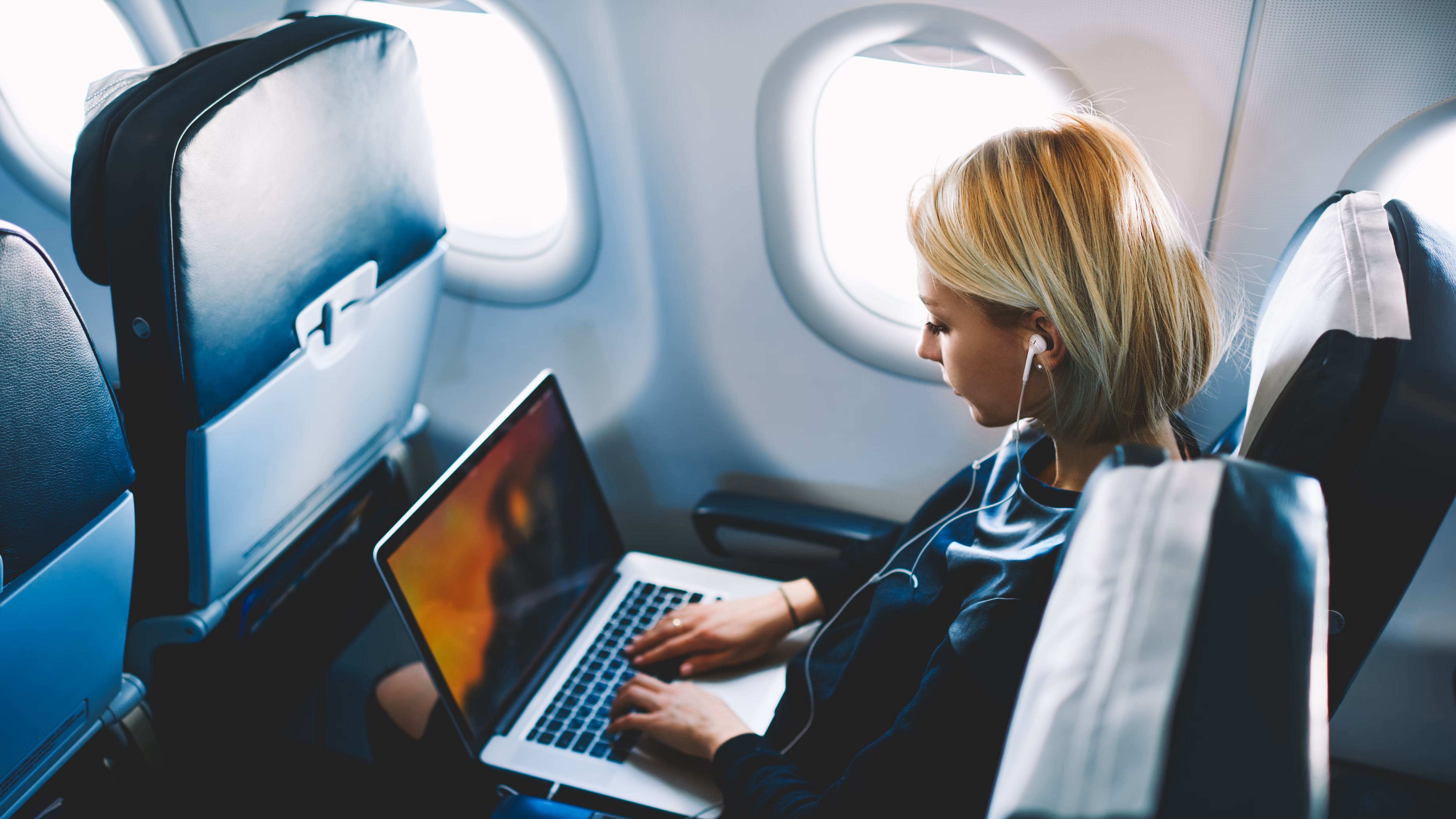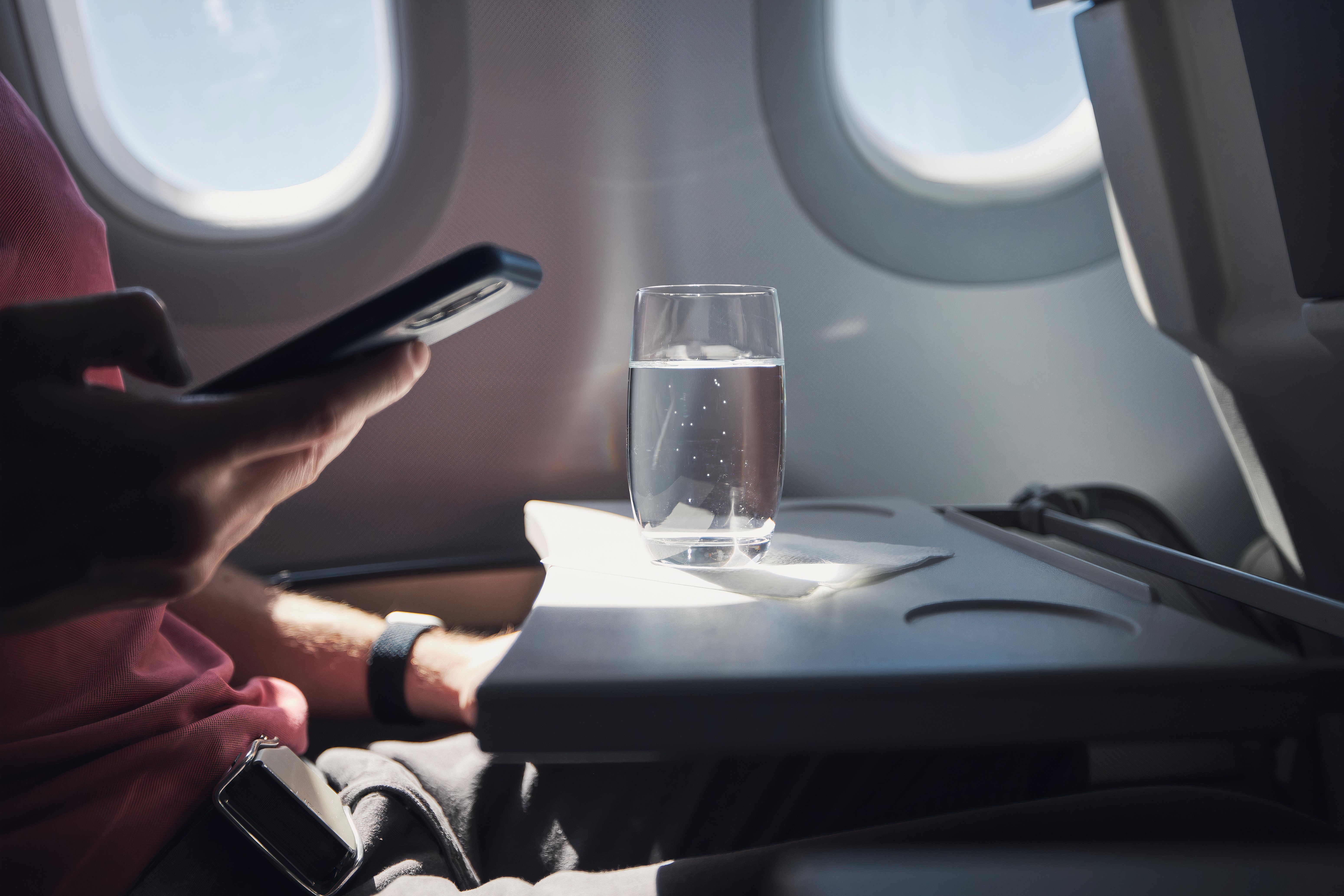Summary
- Incidents of lithium-ion batteries overheating on planes are increasing.
- The incidents have risen by 28% over the past five years, although still relatively low compared to total flights.
- Education, crew training, and partnerships are recommended to address safety concerns related to lithium-ion batteries on airplanes.
With laptops, mobile phones, and several kinds of wearable electronic devices becoming increasingly common on airplanes, the incidents of lithium-ion batteries inside them heating up are also on the rise. And a new research report highlights the impact of such batteries on aviation safety.
Key findings
A report by the nonprofit UL Standards & Engagement (ULSE) has revealed that incidents of lithium-ion batteries heating up in airplanes and posing a safety issue are increasing. These batteries are found in rechargeable devices such as laptops, tablets, and mobile phones and can go into thermal runaway — a state of overheating that can result in fire or explosion. This primarily happens if the item is damaged, improperly charged, or poorly manufactured.
Photo: GaudiLab | Shutterstock
The report says that such incidents have increased by 28% over the past five years, from 2019 to 2023. However, compared to the millions of flights that take place every year in the United States alone, the frequency of these incidents is still not high. Still, the fact that they are on the rise is concerning.
The report’s assessment is based on findings from 35 passenger and cargo airlines. The data provided by these carriers was analyzed, and the findings were shared with the industry to improve safety.
It has been found that an average passenger carries around four rechargeable devices on a plane, such as smartphones (82%), laptops (41%), wireless headphones (39%), and tablets (36%). Interestingly, however, E-cigarettes were responsible for the most incidents in 2023, with vaping devices causing 35% of reported incidents. Next on the list were power banks, resulting in 16% of the incidents.
Photo: Jaromir Chalabala | Shutterstock
Almost all of these incidents (nine out of ten times) happened when the device was placed next to the passenger or stored near the seat. Thankfully, these are addressed before they result in a fire or explosion.
Reducing risk
The report found that despite the rules in place, devices with lithium-ion batteries continue to be packed in checked luggage. As such, greater focus in needed to educate the passengers to overcome this lack of awareness. The report recommends “clear, repeated, and contextualized education on the issue will help passengers contribute to reducing the risk.”
Photo: GaudiLab | Shutterstock
It also said that crew training remains important to prevent or tackle these incidents so they can respond to them promptly. ULSE also says that partnerships across industry, government, and other stakeholder groups are necessary to inform and implement these recommendations.
Safety issue
Devices with lithium-ion batteries are banned from checked luggage because the crew cannot access them while in flight, which significantly increases the risk of fire or explosion.
Several such incidents have resulted in flight disruptions in recent years, including the one on an American Airlines Airbus A321 flight in which smoke from a laptop caused an evacuation, which injured three passengers.
In a separate incident, a United Airlines Boeing 767 flight from Zurich to Chicago
had to be diverted to Shannon, Ireland
after a laptop got stuck in a seat. It was a precautionary diversion in case the device caught fire from damage.




